Tom's Guide Verdict
The Nest Learning Thermostat (4th Gen) is a meaningful upgrade over previous versions thanks to the new redesign, upgraded AI features, improved monitoring and simpler installation. The higher price could be a turnoff for some but you do get a temperature sensor bundled with the thermostat.
Pros
- +
Sleek new design
- +
No C-wire required for power
- +
Dynamic Farsight provides useful info
- +
Improved smart home integration and Matter support
Cons
- -
One of the most expensive smart thermostats
Why you can trust Tom's Guide
The Nest Learning Thermostat (4th Gen) is a complete reimagining of Google’s smart thermostat, from its design to its improved AI features to help lower your energy bill. It also comes with an all-new Nest Temperature Sensor so that you can prioritize the heating and cooling in a particular room or area of your house.
The installation process has been completely overhauled too and now, the Nest Learning Thermostat (4th Gen) works with even more HVAC systems and doesn’t require a C-wire for power. You also won’t have to juggle between the Nest and Google Home app either as the latter now gives you complete control over your smart thermostat. However, built-in Matter support means you’re not bound to Google, either: You can use Apple Home, Alexa, SmartThings or any other matter-compatible smart home app instead.
The Nest Learning Thermostat (4th Gen) still carries a premium price at the top of Google’s line of smart thermostats. In fact, it’s actually gone up in price compared to the previous model, but the bundled temperature sensor is the likely reason why. Our Nest Learning Thermostat (4th Gen) will help you decide if this is the best smart thermostat for your home and whether or not it’s worth upgrading from a previous Nest thermostat.
Nest Learning Thermostat (4th Gen): Cheat Sheet
- What is it? A smart thermostat that can help you save money on your energy bill and works with your other smart home devices.
- Who is it for? Homeowners looking for a better way to control and monitor their heating and cooling costs as well as people that are already invested in Google’s smart home ecosystem.
- What does it cost? The Nest Learning Thermostat (4th Gen) costs $279 on its own or $435 with professional installation.
- What do we like? The all-new design, larger screen, presence detection, improved smart home integration, better AI features and the included temperature sensor.
- What don’t we like? The premium price and that upgrading from the previous version requires a new install.
Nest Learning Thermostat (4th Gen): Specs
| Price | $279 |
| Colors | Polished Silver, Polished Obsidian and Polished Gold |
| Diameter and depth | 3.9 x 1.1 inches |
| Weight | 5.7 ounces (161.8 grams) |
| AI features | Accounts for outdoor conditions, Smart Schedule, and System Health |
| Connectivity | Wi-Fi 802.11n (2.4 GHz / 5 GHz) |
| Sensors | Soli sensor for Motion Sense, temperature, humidity, ambient light |
| Temperature sensor | Included |
| Smart home compatibility | Google Home, Matter |
| Power consumption | Less than 1kWh per month |
Nest Learning Thermostat (4th Gen): What we like
The Nest Learning Thermostat (4th Gen) is a big upgrade over its predecessor with a sleek new design, a larger screen, advanced AI features to help cut down on your energy usage, improved smart home compatibility and it even comes with a separate temperature sensor.
A bold new design
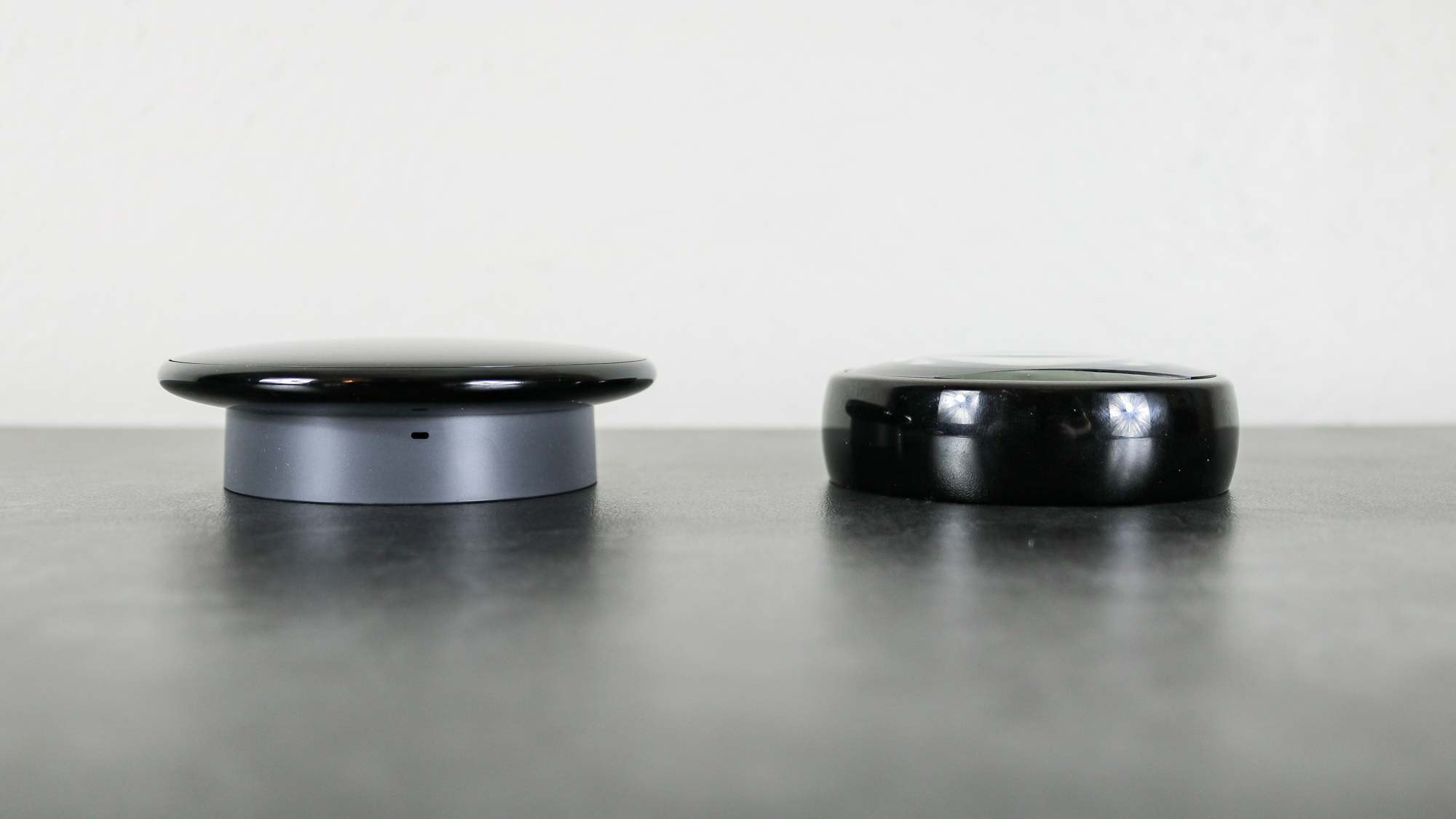
It’s hard to believe but it’s been almost a decade since the release of the Nest Learning Thermostat (3rd Gen). While previous iterations have kept the same basic design, Google decided to give the new model a complete makeover. The Nest Learning Thermostat (4th Gen) looks more like a Pixel Watch for your wall thanks to its sleeker and slimmer profile, which also features a 60% larger, crystal LCD display.

When installed, the Nest Learning Thermostat (4th Gen) almost appears to be floating in mid-air. This is because its base has a smaller diameter than its screen and with the new oval-shaped backplate, it has a much more modern look. The metal bezel around the previous Nest Learning Thermostat is also gone and has been replaced with edge to edge glass, though the screen doesn’t extend all the way to its edges.
Simple install and setup
I’ve been using the previous version of the Nest Learning Thermostat for years now as it came pre-installed in my home. Since I don’t have a C-wire, I occasionally had to take it off the wall and recharge it, like with my Nest Doorbell. Fortunately though, the Nest Learning Thermostat (4th Gen) features Power Sharing so you don’t need a C-wire to power the device.

Before setting up the new thermostat, I used the compatibility tool on the Google Store to make sure that this model would work with my HVAC system. From there, I used the stickers included in the instruction manual to relabel all of my thermostat’s wires before opening the Google Home app which walked me through the entire process with detailed pictures.
Setting up the Nest Learning Thermostat (4th Gen) was a fairly quick and seamless process even though this was my first time swapping one smart thermostat for another.
More than a thermostat
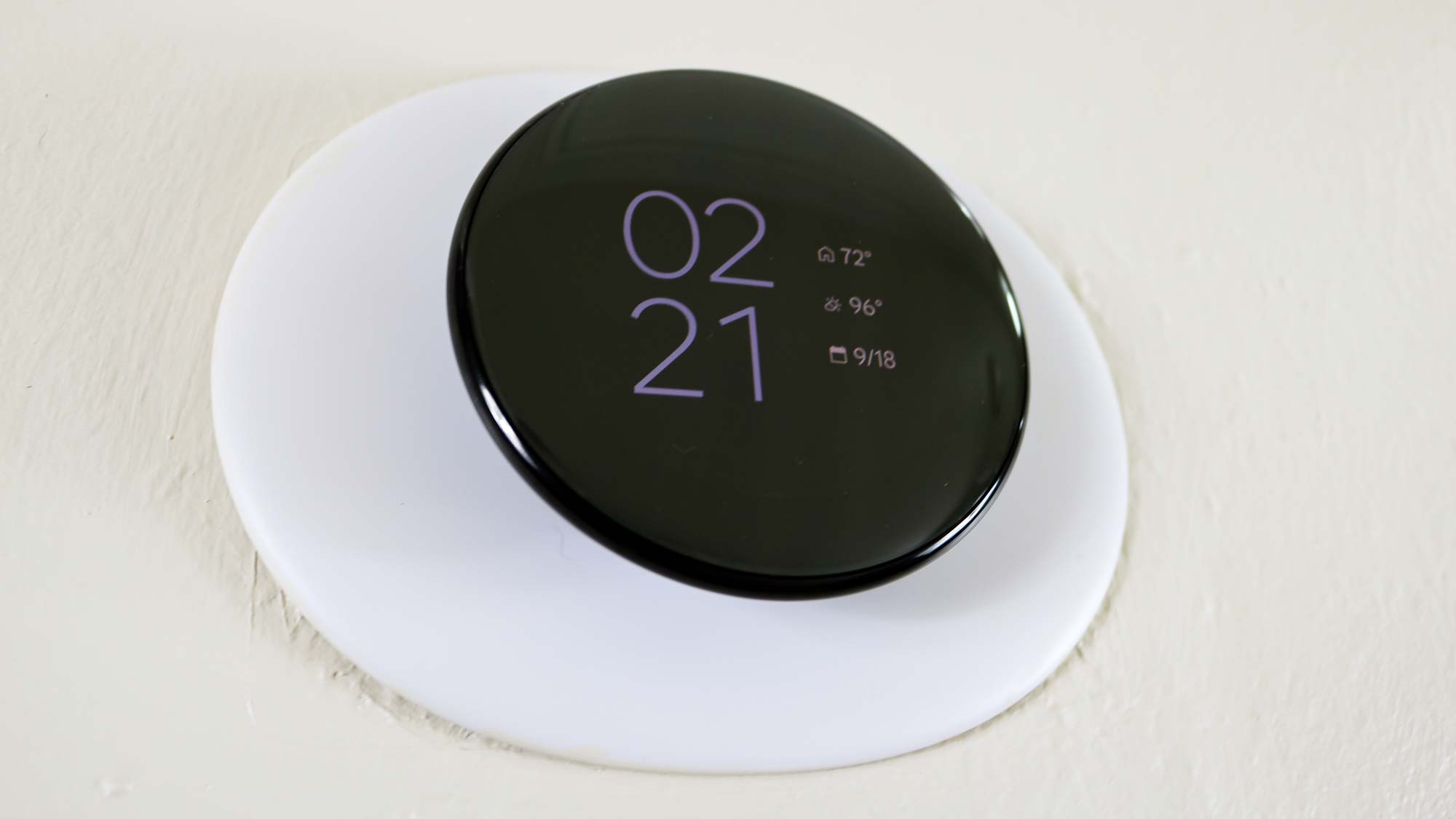
Now that I no longer have to worry about power, I’m able to leave the display on the Nest Learning Thermostat (4th Gen) on all the time and trust me, you will probably want to. This is because Google has added a new feature called Dynamic Farsight which lets you customize its home screen to show a whole lot more than your home’s current temperature. This feature works with the thermostat’s presence detector and the now-customizable home screen springs to life when you approach it, almost like a miniature version of one of the best smart displays.
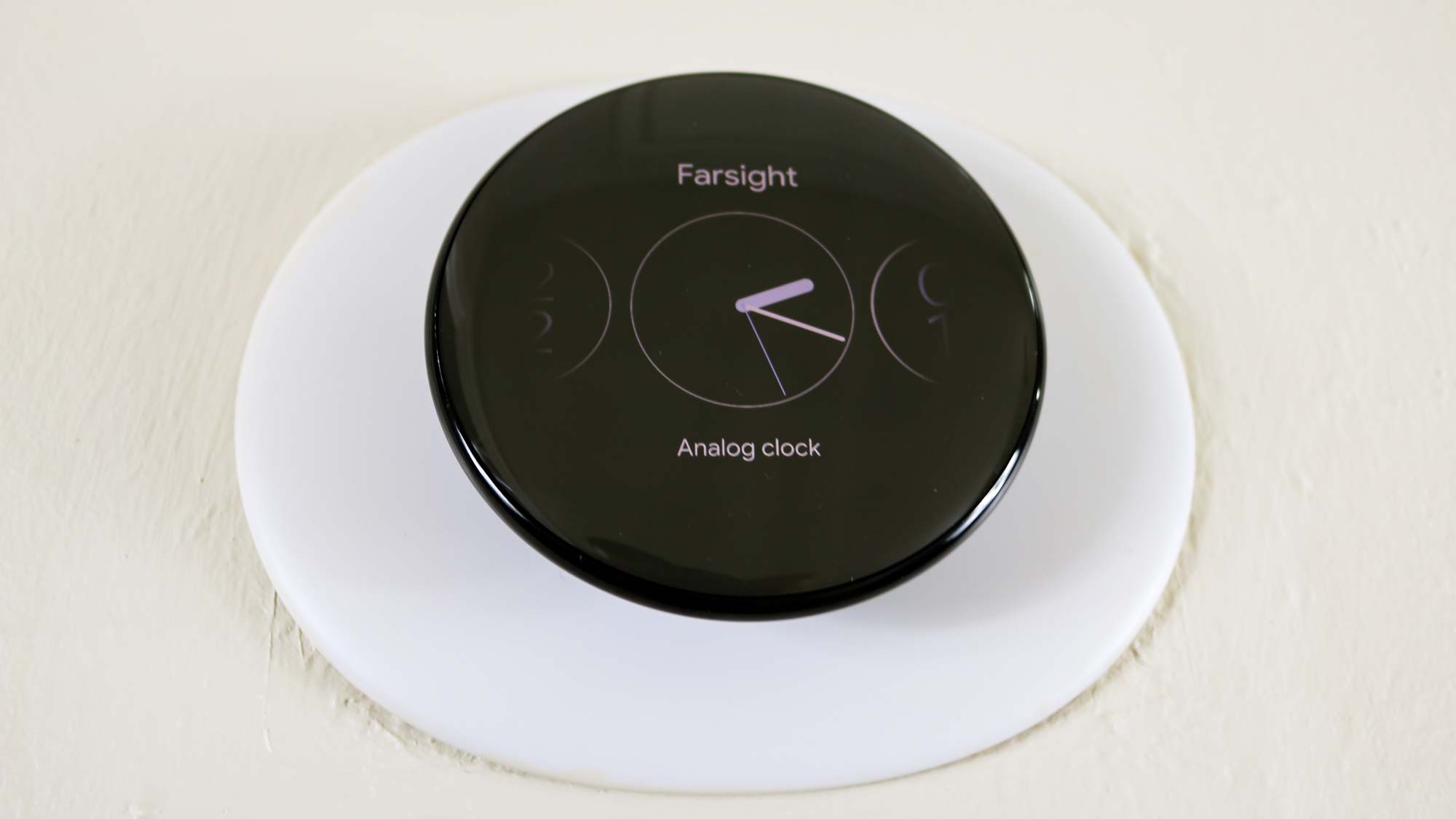
Google gives you several options to customize your home screen out of the box, though I hope to see more in future updates. You can have it display the time as either a digital or analog clock, indoor and outdoor temperatures or the weather. However, you can also customize each Farsight Face further. For instance, I have the time front and center with the indoor temperature, outdoor temperature and the date off to the side.
The previous version had this feature too but it looks a lot more elegant on the Nest Learning Thermostat (4th Gen) and you can leave it enabled without worrying about draining the device’s battery.
Smarter all around
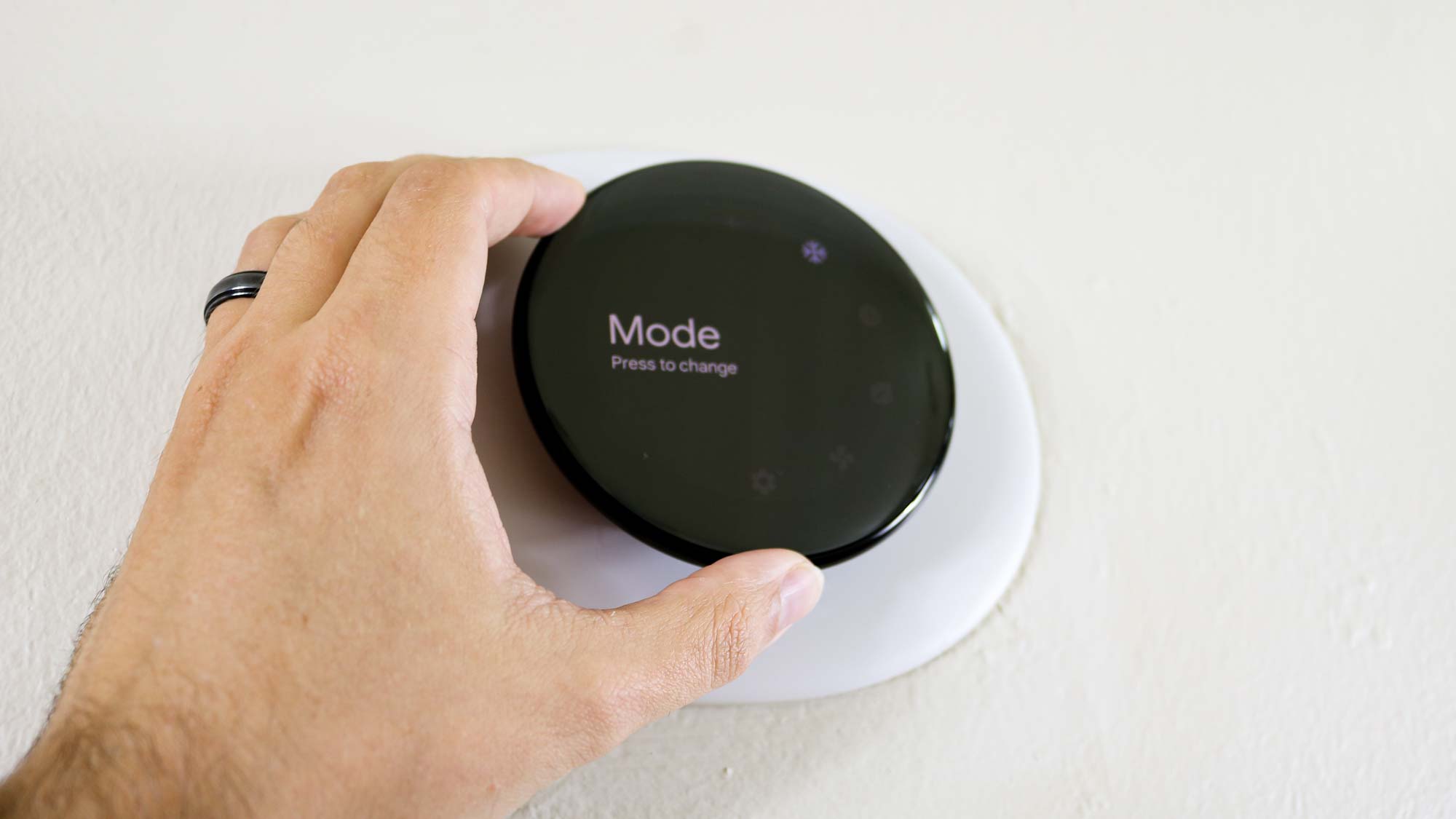
Google has given the AI which powers this thermostat’s learning capabilities a major boost too. By learning your patterns, it makes micro-adjustments to your home’s temperature to help save energy and cut down on your bills. This is now done through a new Smart Schedule feature but unlike with previous Nest thermostats, you now have the ability to accept or reject these changes within the Google Home app.
The Nest Learning Thermostat (4th Gen) doesn’t just analyze the temperature inside your home; it also looks at the weather outside when making its adjustments. For instance, it can pause heating your home on a sunny winter day to let it get warmer on its own. Likewise, when the humidity is high outside, the Nest Learning Thermostat (4th) gen will anticipate warmer indoor temperatures and then adjust itself accordingly.
If you’re worried about your HVAC system, this new version also includes a System Health Monitor to track its performance over time. This lets you catch potential issues early on and plan to get your system serviced. There’s also Smart Ventilation which brings in fresh air when the outdoor air quality is healthy or turns it off when pollutants are detected.
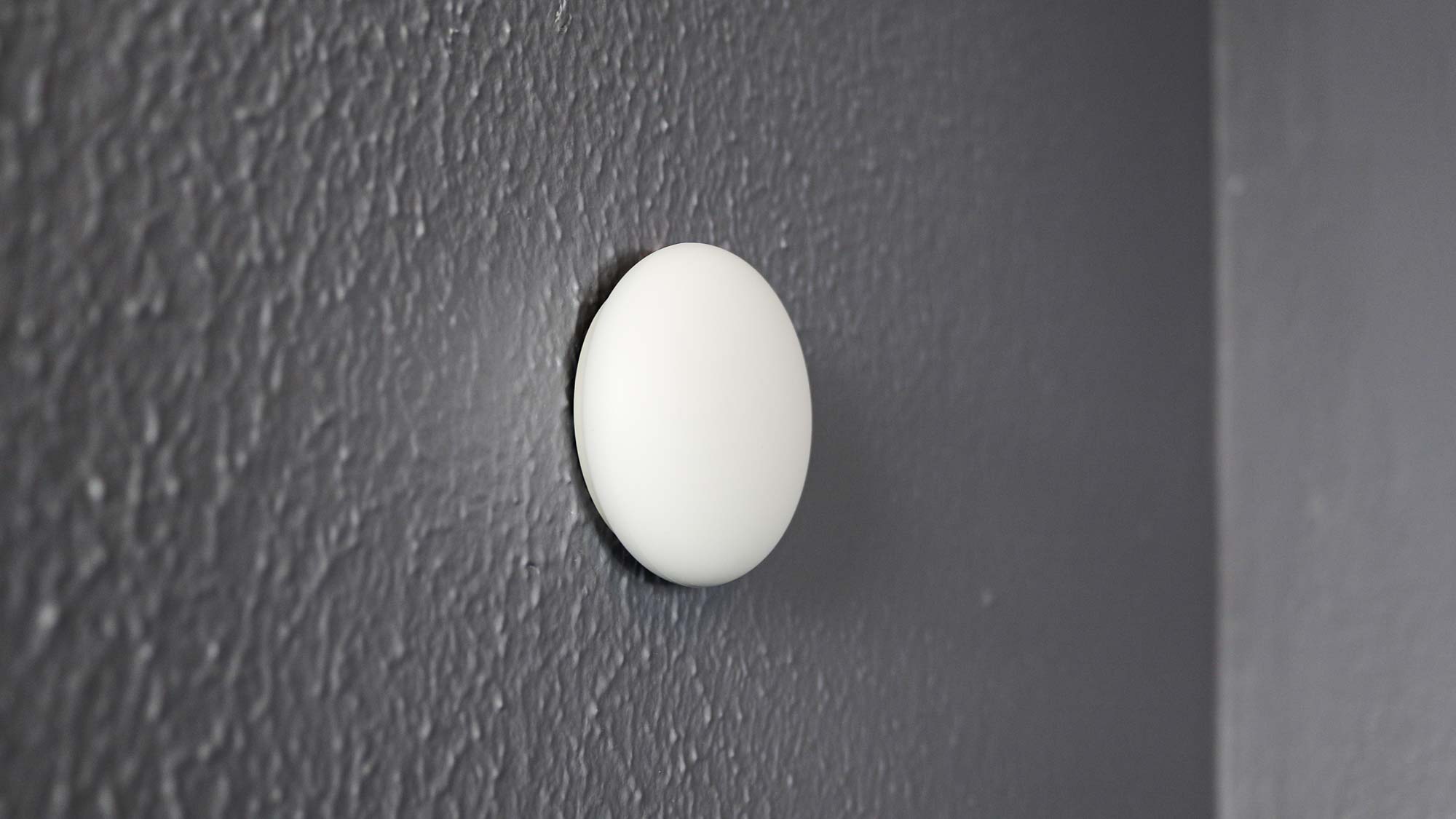
The included temperature sensor is also a big upgrade for larger homes as you can place it in one room or area you want to better manage hot and cold spots. You can add up to six temperature sensors around your home and a single one costs $40 or you can get a three-pack for $100. The device itself is rather small, uses a built-in battery and can easily be hung on a wall using the included screw.
Ecobee also includes a remote sensor with its top-end smart thermostat, but its remote sensors can detect presence as well as temperature, so you can dictate to the thermostat to adjust the heat in a room, but only if it senses someone there. (The presence sensors also work as part of Ecobee’s home security system).
The final smart upgrade for the Nest Learning Thermostat (4th Gen) is that it’s Matter-compatible. This lets you control it with other smart home apps besides Google Home which is great for people who prefer Amazon’s Alexa, Samsung’s SmartThings or even Apple Home for controlling the best smart home devices.
Nest Learning Thermostat (4th Gen): What we don’t like
There’s not a lot to dislike about the Nest Learning Thermostat (4th Gen), especially if you’re coming from an older Nest thermostat or upgrading from the less feature-rich Nest Thermostat E. However, its higher price could be a turnoff for some.
Still a premium thermostat
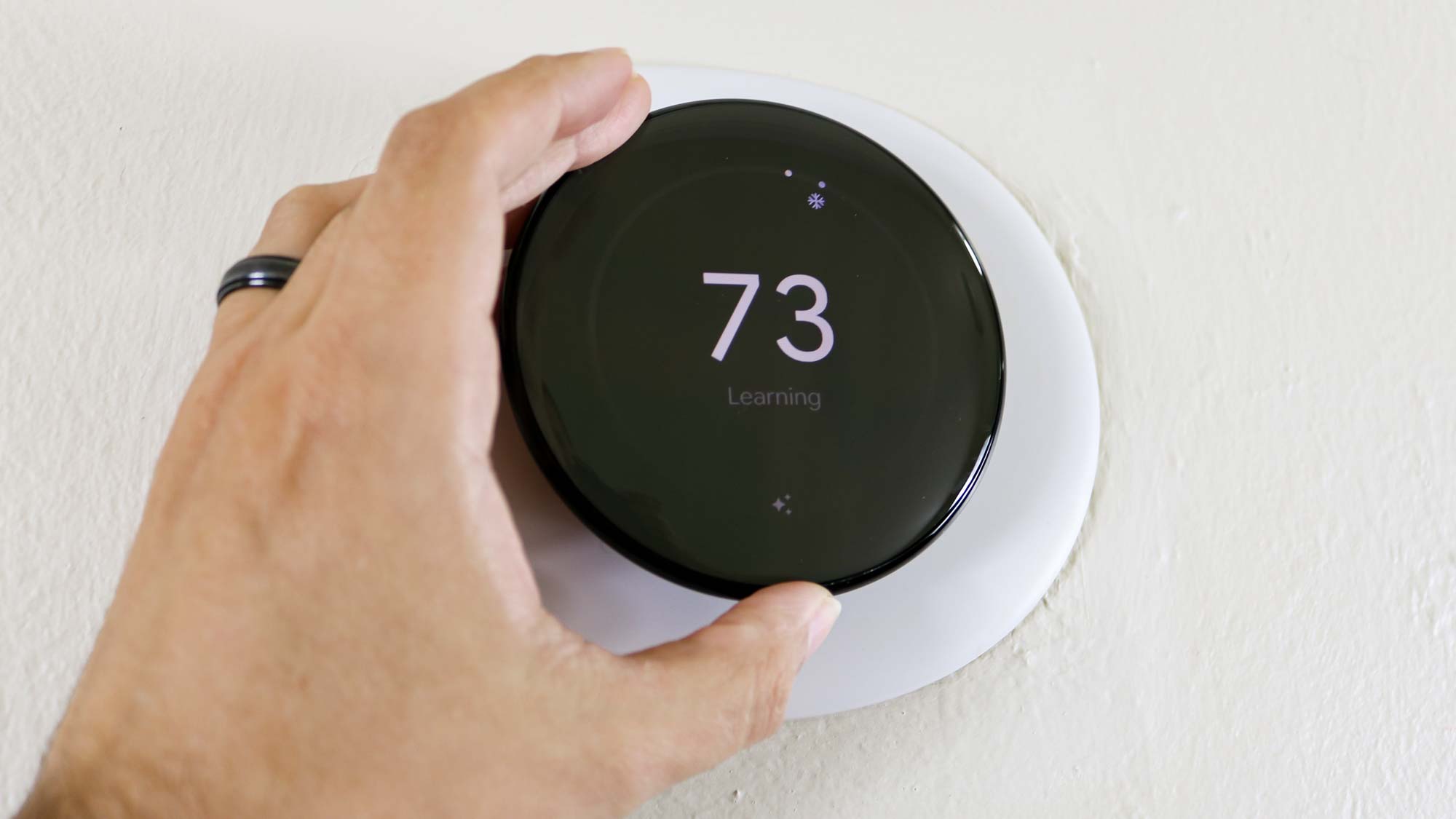
The Nest Learning Thermostat (4th Gen) still carries a premium price and it’s actually more expensive than its predecessor thanks to the inclusion of a Nest Temperature Sensor (2nd Gen). In fact, it’s right up there and even costs a bit more than our current top pick, the Ecobee Smart Thermostat Premium.
Compared to the Nest Learning Thermostat (4th Gen) though, the Ecobee has a smaller yet thicker display. However, you can see a lot more info on its screen like a 4-day weather forecast or even who’s at the door if you also have an Ecobee Smart Doorbell Camera. How useful something like this will be though really depends on where your thermostat is located.
I would have liked to see the Nest Learning Thermostat (4th Gen) keep the same price as the previous version but given the temperature sensor costs $40 on its own, you’re saving a few bucks by getting them together instead of separately.
Nest Learning Thermostat (4th Gen): Verdict
The Nest Learning Thermostat (4th Gen) is a big step up from its predecessor both in design and functionality. Not only does it look sleeker but features like Dynamic Farsight let you use its display for more than just adjusting the temperature. The improved AI features make managing your cooling and heating easier while helping you lower your energy bill along the way. Plus, it’s now easier to spot problems with your HVAC system right from your thermostat instead of waiting until something goes wrong.
If you have an older Nest Learning Thermostat that’s still going strong, you can probably hold off on upgrading for now. However, the redesign with this new model is a big enough change that you just might want to upgrade early.

Anthony Spadafora is the managing editor for security and home office furniture at Tom’s Guide where he covers everything from data breaches to password managers and the best way to cover your whole home or business with Wi-Fi. He also reviews standing desks, office chairs and other home office accessories with a penchant for building desk setups. Before joining the team, Anthony wrote for ITProPortal while living in Korea and later for TechRadar Pro after moving back to the US. Based in Houston, Texas, when he’s not writing Anthony can be found tinkering with PCs and game consoles, managing cables and upgrading his smart home.

